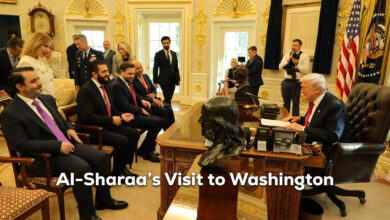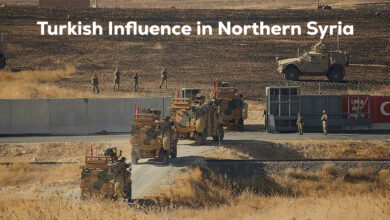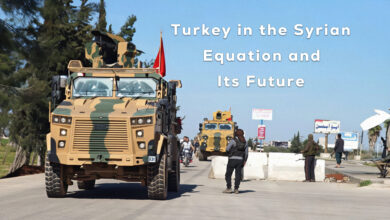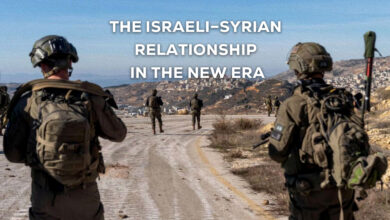Geopolitical Shifts and the Kurdish Question
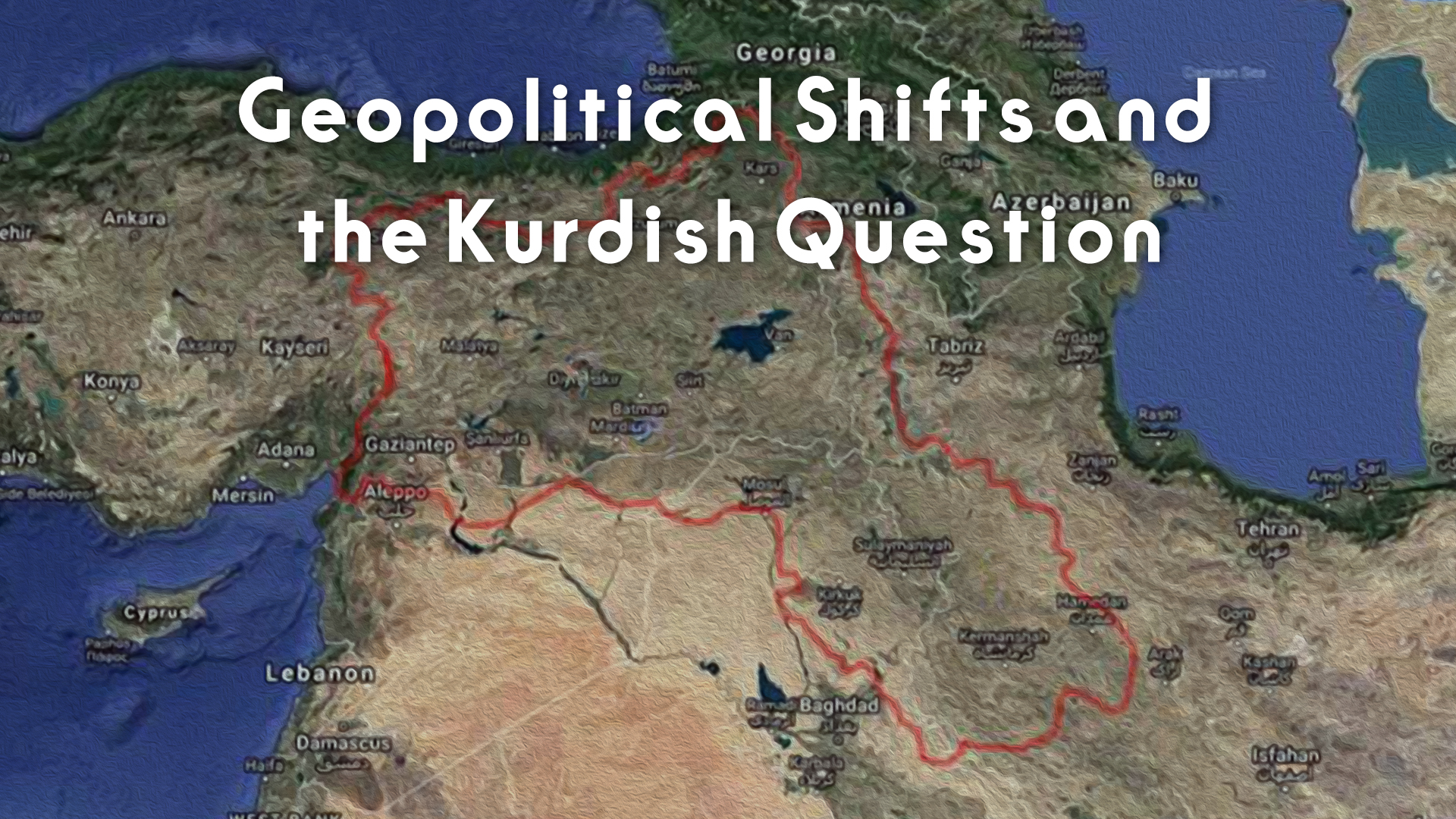
There is no doubt that global policies, in general, have undergone significant shifts since November 5, 2024. This change is particularly evident with the election of former U.S. President Donald Trump to a non-consecutive second term. As a result, the world has found itself adjusting its strategies and policies in response to the shifting dynamics emanating from the White House.
The pace of geopolitical events has accelerated, particularly in the Middle East, where the aftermath of the October 7, 2023, conflict in Gaza between Israel and Hamas has extended beyond the Palestinian territories. The repercussions have directly impacted southern Lebanon and Syria, while also influencing Yemen and Iraq to a lesser extent. The targeted assassinations of high-ranking figures affiliated with Iran-aligned factions have further altered the regional balance, prompting governments to reassess their priorities and strategic calculations within days. This rapid shift has disrupted the equilibrium between tactical maneuvers and long-term strategies, ultimately influencing power dynamics. The fall of the Baathist regime on December 8, 2024, serves as a stark example of how alliances can be sacrificed to preserve strategic positioning, marking a significant setback for Iran’s regional influence as it lost a key strategic ally.
The Use of Overwhelming Force in the Middle East
Since the July 2006 war between Israel and Hezbollah in southern Lebanon, Israel—along with its Western allies, particularly the United States—has reconsidered the efficacy of direct military confrontations on enemy territory. The heavy human and material losses incurred during such engagements underscored the need for alternative approaches. In response, Israel has invested in enhancing its defensive and offensive capabilities, integrating advanced technologies to minimize risks while maintaining military superiority.
This shift in military strategy became evident during Hamas’ recent incursion into Israeli territory, which breached what was considered the region’s most sophisticated defense system. The Israeli response was significantly more aggressive than anticipated, characterized by widespread use of force against both military and civilian targets. According to international reports, the conflict led to the near-total destruction of Gaza’s infrastructure, with over 80% of its essential sectors severely damaged. The United States played a crucial role in this escalation by providing extensive logistical, military, and political support to Israel, reinforcing its position as Washington’s primary regional ally.
The Middle East: A Geopolitical Focal Point
The Middle East has increasingly become the focal point of global political and economic strategies due to its geopolitical and geoeconomic significance. The region serves as a critical junction between East and West, housing key trade routes and infrastructure projects that are essential for global commerce. Notable projects include:
- The Suez Canal (Egypt): One of the most important artificial waterways, significantly reducing transit time and costs.
- China’s Belt and Road Initiative: A modern extension of the historic Silk Road, facilitating global trade.
- The Indian Spice Route Project: Approved during the G20 summit in 2023, this initiative aims to establish a major trade corridor.
- The Development Road Project: Connecting Iraq’s Al-Faw Port to Turkey and onward to Europe.
- Iran’s Railway Expansion: Linking Iran’s Imam Khomeini Port to Iraq, Syria, and the Mediterranean coast.
- The North-South Transport Corridor: Connecting Russia to Central Asia, Iran, and the broader Eastern markets.
- Israel’s Ben Gurion Canal Project: Proposed as an alternative to the Suez Canal.
- The “David Passage” Initiative (Israel): Another strategic transport project.
- The Arab Gas Pipeline: Designed to transport gas from Syria to Europe.
These infrastructure projects, along with the region’s vast natural resources, position the Middle East as a strategic global hub, making it a primary target for international political and economic influence. The West’s persistent efforts to maintain dominance over the region further underscore its strategic importance.
The Kurdish Question: A Century of Displacement
Throughout modern history, particularly during and after World War I, global powers—chiefly Britain and France—divided territories based on economic interests rather than ethical considerations or historical demographics. The Sykes-Picot Agreement formalized this division, while the 1917 Balfour Declaration laid the foundation for the establishment of Israel as a Jewish homeland. However, this period also witnessed the systematic marginalization of other ethnic groups, most notably the Kurds.
Despite their deep-rooted presence in the region, the Kurds were denied statehood and were instead divided among four emerging nation-states—Turkey, Iran, Iraq, and Syria—each inheriting territories from the collapsing Ottoman Empire. Kurdish political representation at the time was largely limited to tribal and religious leaders, many of whom operated within narrow regional interests rather than advocating for broader Kurdish self-determination.
The post-war negotiations culminated in the 1923 Treaty of Lausanne, which officially ratified the territorial divisions, effectively denying the Kurds their national aspirations. Over the past century, this geopolitical arrangement has subjected the Kurdish population to systematic repression, cultural assimilation, and territorial disputes, leaving them in a continuous struggle for recognition and self-governance.
The Kurdish Issue: Proposed and Viable Solutions
The Kurdish people and their liberation movements have never been proponents of violence. However, over the past century, they have been systematically marginalized—sometimes inadvertently but often deliberately. Despite this, the Kurds have remained steadfast in defending their just cause. Consequently, Kurdish revolutions have persisted despite various forms of repression and intimidation. These movements have at times been characterized by armed resistance and, at other times, by peaceful political engagement, depending on the prevailing circumstances.
In Turkey, the Kurdish liberation movement, led by the Kurdistan Workers’ Party (PKK), represents a significant turning point in the history of both the Kurds and the region. Since its official inception nearly half a century ago, the movement has undergone numerous tactical and strategic transformations to adapt to changing realities. The statement issued by Abdullah Öcalan on February 27 serves as the latest in a series of nine peace initiatives spanning over three decades, the first of which was launched in 1992. However, the absence of a serious response from the Turkish authorities has led to the failure of each initiative.
Despite the consistency of Öcalan’s proposals, political analysts and social media platforms often distort the narrative, reducing the matter to a simplistic argument that he is bargaining his personal freedom in exchange for a resolution to the Kurdish issue. This overlooks the fact that he has endured over a quarter-century in conditions that can hardly be described as humane. Meanwhile, Turkish-backed Syrian factions have escalated their attacks west of the Euphrates—particularly on the Qaraqozak Bridge and Tishrin Dam—diverting attention from larger-scale military operations in strategic areas such as Zagros, Metina, and Zap. Given the widespread instability across the Middle East and beyond, identifying viable solutions remains a critical objective, though several ambiguous factors continue to undermine meaningful progress:
- The absence of a clear and consistent strategy among major global powers in the Middle East, with policies largely dictated by economic and political interests at the expense of regional stability.
- The unpredictable leadership of U.S. President Donald Trump, whose erratic policies have exacerbated global tensions and strained relations with neighboring countries and Europe.
- Regional powers such as Turkey and Iran, which have become potential targets of geopolitical fragmentation, whether through territorial, social, or strategic marginalization by Western decision-makers.
- Russia’s strategic pivot from the Middle East toward Europe and Africa, reassessing its alliances and seeking stronger partners while attempting to resolve its costly conflict with Ukraine.
- The partial withdrawal of U.S. forces from Syria in 2019 and the complete withdrawal from Afghanistan in 2020, signaling a decline in America’s role as the world’s dominant enforcer, prompting a reassessment of global power structures.
- The prolonged Israeli-Palestinian conflict, which remains unresolved due to historical neglect and deepening social divisions, making it a key driver of regional instability.
- The presence of Iran as a radical Islamic force opposing the West, which is already wary of extremist Sunni factions such as al-Qaeda, ISIS, and Boko Haram. The ideological divide between Sunni and Shiite extremism, with Iran leading the latter, continues to complicate global geopolitical dynamics.
Undoubtedly, historical precedents suggest that sustainable solutions to major conflicts require international or bilateral agreements between the disputing parties. Perpetual violence serves no purpose unless the warring factions lack a clear understanding of their objectives. The most effective solutions are those that minimize bloodshed and offer mutual benefits. The people of the region, along with public opinion, must adopt a responsible stance, exerting pressure on decision-makers to find or create viable resolutions rather than allowing further loss of time and opportunities.

